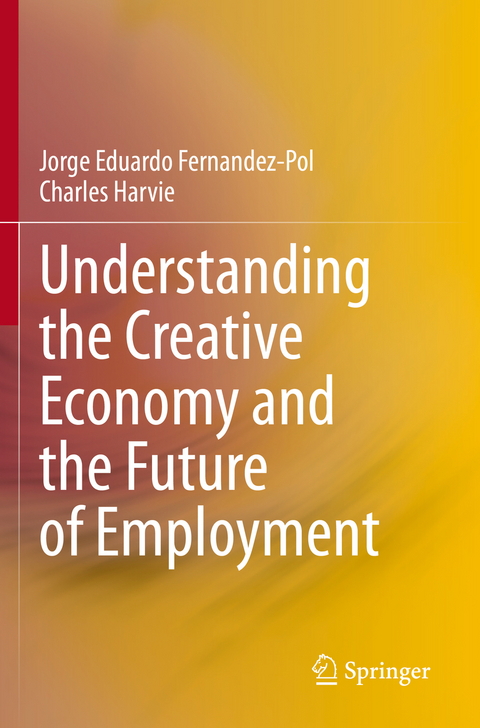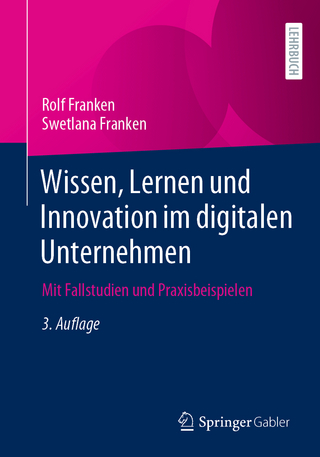
Understanding the Creative Economy and the Future of Employment
Springer Verlag, Singapore
978-981-15-1654-2 (ISBN)
The book, as its title emphasizes, aims at helping readers to gain a comprehension of two inextricably linked issues: challenging innovation and the future of human work. To this end, the book integrates a triad of topics: innovation as an economic activity, modus operandi of an innovation-driven economy, and the persistent progression toward automation of human jobs.
The main message conveyed by this book is that a creative economy will converge to an economy governed by smart machines aka robots, but will produce benefits if addressed in a rational manner.
As to the salient features of this book,
Accessibility: Accessible to readers with only cursory knowledge (if any) in economics
Style: Adherence to a discursive, non-mathematical style
Brevity: Covers material in a succinct, easily understandable manner, drawing upon real world examples
Appendices: Each chapter is supplemented with appendices that elaborate upon pertinent real world examples and applications
Self-contained: All the key concepts are defined and exemplified within the book
Applicability: Uses examples that resonate with a wide audience of readers concerned about the advance of robots
Non-mathematical diagrams: Provides accessible and readily understandable figures/graphs
Protective stance: Contains a rational response to the march of the robots which is useful for workers of all ages
Eduardo Pol is a Doctor in Economic Sciences (PhD equivalent) from the University of Buenos Aires, Argentina and has past publication success. His complete name is Jorge Eduardo Fernandez-Pol. Doctor Eduardo Pol is a Senior Lecturer in Economics in the Economics Discipline in the Faculty of Business, University of Wollongong, Australia. He is a member of the National Academy of Economic Sciences (Argentina). His research is focused on innovation as an economic activity. Charles Harvie is an Associate Professor in the Economics Discipline in the Faculty of Business, University of Wollongong, Australia. Professor Harvie holds a PhD in Economics from the University of Warwick, UK. He is currently the Head of the School of Accountancy, Economics and Finance and co-Director of his Faculty’s Centre for Contemporary Australasian Business and Economics Studies. His research is focused on SMEs, entrepreneurship and economic development.
Chapter 1. A Bird’s-eye View of the Economy and Economics.- Chapter 2. What a Creative Economy Is and How It Works.- Chapter 3. Creativity and Intellectual Property.- Chapter 4. Innovation Environment.- Chapter 5. Microeconomic Aspects of Innovation.- Chapter 6. Looking to the Near Future.- Chapter 7. Looking to the Distant Future.- Afterthought.- Index of Names.- Subject Index.
| Erscheinungsdatum | 16.04.2021 |
|---|---|
| Zusatzinfo | 26 Illustrations, color; 13 Illustrations, black and white; XXII, 191 p. 39 illus., 26 illus. in color. |
| Verlagsort | Singapore |
| Sprache | englisch |
| Maße | 155 x 235 mm |
| Themenwelt | Wirtschaft ► Betriebswirtschaft / Management ► Unternehmensführung / Management |
| Wirtschaft ► Volkswirtschaftslehre ► Mikroökonomie | |
| ISBN-10 | 981-15-1654-5 / 9811516545 |
| ISBN-13 | 978-981-15-1654-2 / 9789811516542 |
| Zustand | Neuware |
| Haben Sie eine Frage zum Produkt? |
aus dem Bereich


